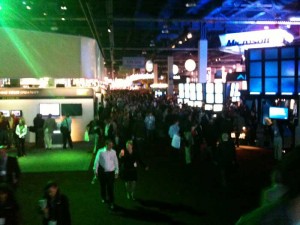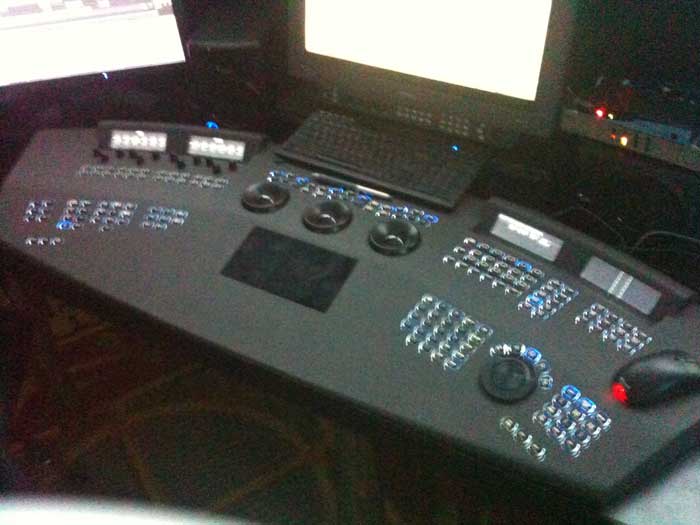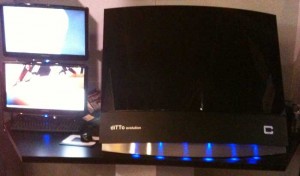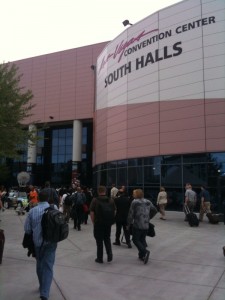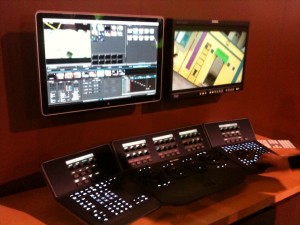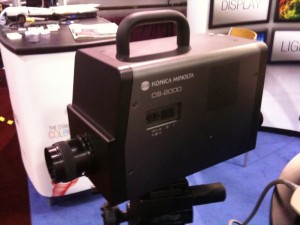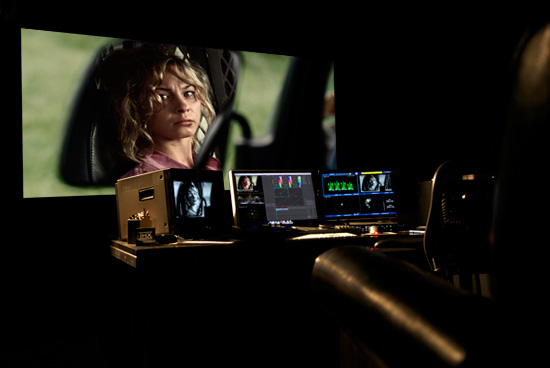Writing. Writing. Sleeping. More writing. The periodic grading gig interruption.
Yes, it’s “the last month of writing my book,” and just like every other book’s last month, it’s a round-the-clock marathon of typing, research, setting up example projects that look good and explain the topic at hand, screenshot-taking, and illustration making; all amidst a vague feeling that I should be getting more sleep.
And the periodic beer.
However, amidst all the toil, there are still magic moments, and today was the culmination of a plan I’ve long had to more fully examine and portray the possibilities of human skin tone (one of the chapters of the book I’ve put particular emphasis on). After I identified the list of complexions I wanted to document, photographer Sasha Nialla assembled a terrific roster of models, and with me playing client shot all of them under controlled lighting conditions, allowing me to show an apples to apples comparison within the book of the basic categories of complexion, for analysis and consideration.
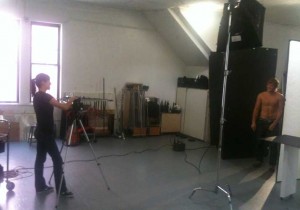
Photographer Sasha Nialla shoots our redhead sample subject. It's the sexiest science you're going to see...
My personal criteria for how good a technical book I’m writing is, happens to be the same as that I use for screenplays—if I’m having fun writing it, then it’s probably turning out well. It eases my mind that I’ve been getting solid feedback from Joe Owens, who generously agreed to be my tech editor, lending his experience (and subtle humor) in the evaluation of my assertions and techniques. And I must give credit to Peachpit Press, and my editors Karyn Johnson and Stephen Nathans, for continuing to provide the time, encouragement, and editorial support to get things right. These damn books aren’t easy to make, and I’m glad that PeachPit has lent their support.
Furthermore, I’ve been getting terrific support from DaVinci (who also graciously let me into their beta for Resolve on OS X), FilmLight, Iridas, Assimilate, Quantel, Tangent, DSC Labs, X-Rite, Light Illusion (Steve Shaw), and of course various friends at Apple, alongside others I am to my shame forgetting. All of which has enabled me to meet my goal of creating a color correction handbook that is truly platform agnostic, and aimed squarely at the budding professional colorist (and the casual colorist who aspires to professionalism). If you’re a complete beginner, this book should orient you with a foundation in color theory and basic operations; if you’ve been grading for a while, this book may fill in some conceptual gaps, provide additional theoretical food for thought, and toss out some nice tricks that you might find useful.
My criteria for which applications to discuss in the book has been based on color control surface compatibility, on the premise that a) if you’re a dedicated colorist, you’ll be wanting to use one, and b) most grading applications that are dedicated to the task are compatible with one or another, either custom made (Resolve, Baselight, Quantel) or off-the-shelf (such as a JLCooper, Euphonix, or Tangent Wave surface). On the other hand, most of the techniques discussed can be implemented using Colorista, Final Cut Pro’s Color Corrector 3-way, After Effects, Color Finess, or any plugin with 3-way color balance, HSL Qualifiers, and Masks. No matter where you’re making your corrections, there’s bound to be some information that will be useful to you.
So that’s why I’ve somewhat fallen off the edge of the earth. I’m due to finish soon, and look forward to getting my weekends back, getting the book out to the public, and maybe doing a book tour or something and seeing what you folks think of it.
